John Mandelman is vice president and chief scientist for the Anderson Cabot Center for Ocean Life at the New England Aquarium, a popular attraction and conservation organisation in Boston, Massachusetts. Earlier this year, he spoke at greenloop 2022. During the session, attendees learned more about New England Aquarium's innovative incubator programme, BlueSwell. This is dedicated to providing support for early-stage entrepreneurship in Bluetech.
To date, 13 start-up companies across a variety of domains have come through the BlueSwell programme. This includes the offshore renewable sector, offshore wind aquaculture, plastic waste reduction and recycling, underwater acoustics, and sustainable seafood. At greenloop 2022, Mandelman explained why the New England Aquarium is working with these companies to drive toward ocean sustainability and conservation.
Access the greenloop 22 recordings
hereWhat is the blue economy?
Before diving into how ocean health and the innovation sector align, as well the reasons for starting this program, and what other aquariums, zoos and visitor attractions can do to help drive sustainability and conservation impacts through the innovation sector, he defines the terms blue economy, blue tech, and incubator.
“The blue economy is really important. The estimate was that the blue economy, or the total global ocean economy, was going to double between the years 2010 and 2030. The bottom line is we are in the midst of a rising use of the ocean by different industry groups. Many of these industries are incredibly important to the health of the planet.
"As we all know, the ocean itself is vital to the planet's health, including buffering impacts to climate change, as a source of protein and sustenance, and oxygen. Of course, economically, from a commerce perspective, the ocean, is vital. It covers over 70% of our planet, and that’s just in two dimensions. If you start talking about three, it is an incredibly vast body of space on our planet. It drives everything. It's the heart, soul and life of our world.”
Positive change
With the growth of the blue economy, he explains, we are also seeing massive growth in innovation sectors. He offers examples where the innovation space meets sustainability and conservation in the ocean:
“The first is the offshore renewable sector. We all know that the growth of offshore wind around the globe is viewed as a major source of clean energy. We are seeing massive economic implications from the growth of this sector. Of course, we also have to think about the negative impacts of this sector. It is important to make sure that we're responsibly bringing in the offshore renewable sector without having an impact on wildlife ecosystems in the process.”
Overall, however, he is confident that this sector is a positive development for the planet.
The next example he gives is The Living Ocean. This non-profit foundation registered in the Netherlands is dedicated to the conservation, development and protection of marine ecosystems through the support of small, local projects.
“There are many innovation spaces, especially when it comes to things like aquaculture,” he adds. “But there are also global conservation and sustainability technologies that are being developed all the time to try to address some of the problems facing the ocean, such as IUU (illegal, unreported and unregulated) fishing.”
Challenges and opportunities
Food from the ocean is a source of protein and sustenance:
“It is both a massive economic and a livelihood factor across our world,” Mandelman comments. "This is an area that is ripe for innovation advance.”
The same, he adds, could be said for the maritime shipping sector.
“There are a lot of potential negative impacts coming to the environment from this sector– noise pollution, ship strikes on endangered species,” he explains:
“However, with some of these challenges comes a massive opportunity for innovation and solution, and the shipping industry has been active across the world in trying to address some of these concerns, becoming more energy efficient, becoming less hazardous in terms of emissions, and, hopefully becoming more wildlife and ecosystem friendly.”
Holding the sector to account
Why would cultural institutions or aquariums in general, and the New England Aquarium in particular, be interested in getting involved in this space?
“First off, it is really important, when we think about advances in technology and industry use of any environment, whether it be the land or the ocean, that we're thinking about holding that sector accountable towards conservation outcomes."
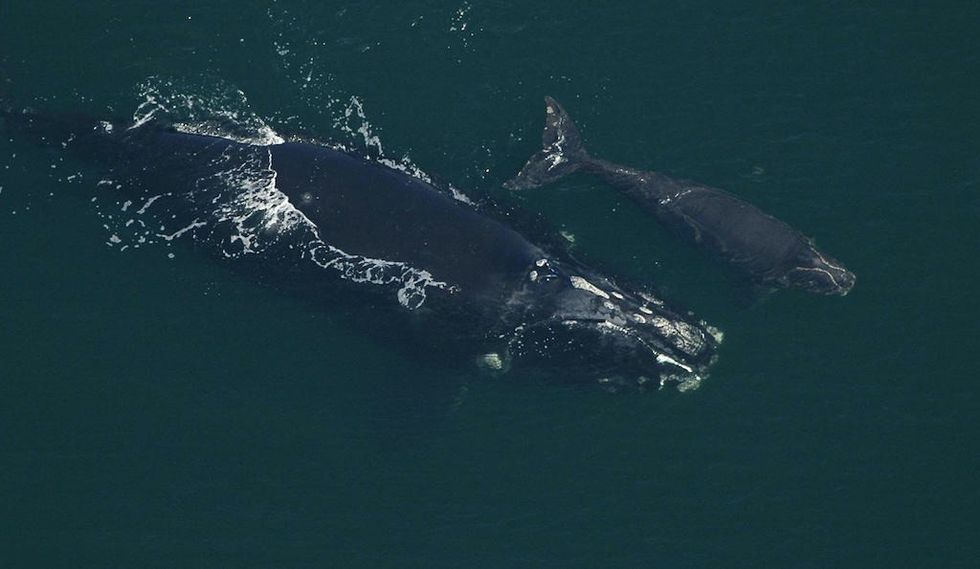
"It is great to bring in or increase the use of technology in a system, as long as it's being done responsibly, and that we're not overexploiting the system that we're actually trying to sustain.”
BlueSwell: pushing for sustainability
Aquariums, he says, are crucial in pushing these innovations toward responsible development, for numerous reasons:
“The most important of these is that we are a neutral facilitator. We care about conservation and sustainability. But we're also reaching across the aisle and, in our case, working with different industry groups that are using the ocean."
"We have a long-standing partnership with various industries. It’s a coexistence that allows those industries to grow, drive economics and create jobs. It also keeps the environment, and the ocean, healthy.
"Our vision is of a vibrant and vital ocean for future generations. That comes with both the belief that we need to safeguard biodiversity for biodiversity’s sake, as well as the value of the ocean for the health of the planet. Humans rely on the ocean, and that needs to continue for future generations.”
The mission of New England Aquarium
The New England Aquarium focuses on four pillars of ocean work. He explains:
“That involves safeguarding ecosystem health through protecting both individual animals and species; responsible use, inspiring and developing advocates, and partnering to build resilient communities. These shouldn't be unfamiliar to other aquariums and zoos that are working in similar spaces.”
Focusing on the first two pillars, advancing ecosystem health and promoting responsible use he says:
“I think very often people don't necessarily understand or agree that these two focal areas are not inversely proportional or mutually exclusive.”
However:
“You can actually create a healthy ocean and use the ocean at the same time. That's very important. A healthy ocean can be one that is also used by people, and that has heavy industry use, as long as there are strong partnerships, and as long as there is a conservation voice at the table.”
An ideal location for BlueSwell
In terms of location, he says:
“We have thought about the fact that we are in Boston. Boston is a technology hub. It's also a massive venture capital market, and we've got the biggest clean tech incubator, in the environment and a wide array of ocean-centric organisations, both government and non-government, private and public. It's a real ocean hotbed."
“We saw this as being, effectively, the Ocean Conservation Institute of the City; as an opportunity to be a voice for this driving industry and innovation space. One of the reasons that we thought about working with start-ups is that for a long time we had been working with corporates.
"We've had a 14-year partnership, as an example, with Gorton's Seafood. We advise them on sustainable seafood sourcing practices both through their wild fisheries and aquaculture sourcing practices. They are an incredibly progressive company in this space, and have been incredibly willing to listen and adhere to the advice that we impart.”
Working in partnership
As a result of this partnership, Gorton’s Seafood has become 100% Marine Stewardship Council certified during the time New England Aquarium has been working with them:
“We knew, therefore, through working with larger corporates, that we could have an impact and a big footprint. We started to think about the fact that we could do the same sort of technology/industry advising work with start-ups, and that we could also extend that to start-ups that span beyond just seafood, and go into other sectors."
"That’s when we started thinking about what ended up being the BlueSwell Incubator program.”
The first step was to partner with SeaAhead, a Bluetech start-up platform, founded in Boston:
“SeaAhead is trying to create a Bluetech hub that brings academics, startups, technologies, and experts to one table, and drives more innovation in the ocean, both economically and from a sustainability perspective. We were the conservation voice; they were the business driver. We decided to join hands and form BlueSwell in 2020.”
New England Aquarium & BlueSwell
He speaks about the aquarium’s role in this program:
“As I mentioned, we've been working with corporates for quite a long time, and we've had a very strong and active presence in the science and conservation space, going back to our start in 1969: over 50 years ago."
"For the BlueSwell Program, our role was to help drive the start-ups towards ocean solutions, hold them accountable, and provide clear metrics around ocean conservation and sustainability, to make sure, as they were thinking about their footprint, developing their corporate environmental sustainability metrics themselves, that we were guiding them along the way, mentoring them to impart our technical expertise.”
A conservation leader
New England Aquarium is also serving as the fiduciary fiscal sponsor for BlueSwell. Referencing partnerships such as the one with Gorton’s, he says:
“One of the reasons that I think we have strong credibility in this space is that we have a very strong ocean science and conservation perspective. This comes from the fact that we have a research institute within the walls of our aquarium.”
The Anderson Cabot Center for Ocean Life, was founded in 2016. Its mission is to help amplify the aquarium’s conservation impact, focusing on fisheries conservation and aquaculture solutions, marine mammal research and conservation, habitat and ecosystem health, and marine animal health – a major initiative for the aquarium that builds on over 40 years of research and conservation work.
“We consider ourselves a true ocean conservation scientific leader,” Mandelman says. “We feel that we have a great opportunity, as one of many organisations around the world, to hold the growing blue economy accountable for ocean protection and sustainability.”
A knowledgable team
The focus is, he says, on a variety of different domains, primarily advanced, applied technical scientific research in the ocean. He lists some of the numbers:
“We have 33 full-time employees in our centre, as well as ten affiliates, 20 PhD level scientists and veterinary scientists. We've done 250 individual studies since 2015, and put out over 200 peer-reviewed publications over the last seven or so years. We have been very active as a fairly small but very high-output-per-unit-effort research institute in a public aquarium.”
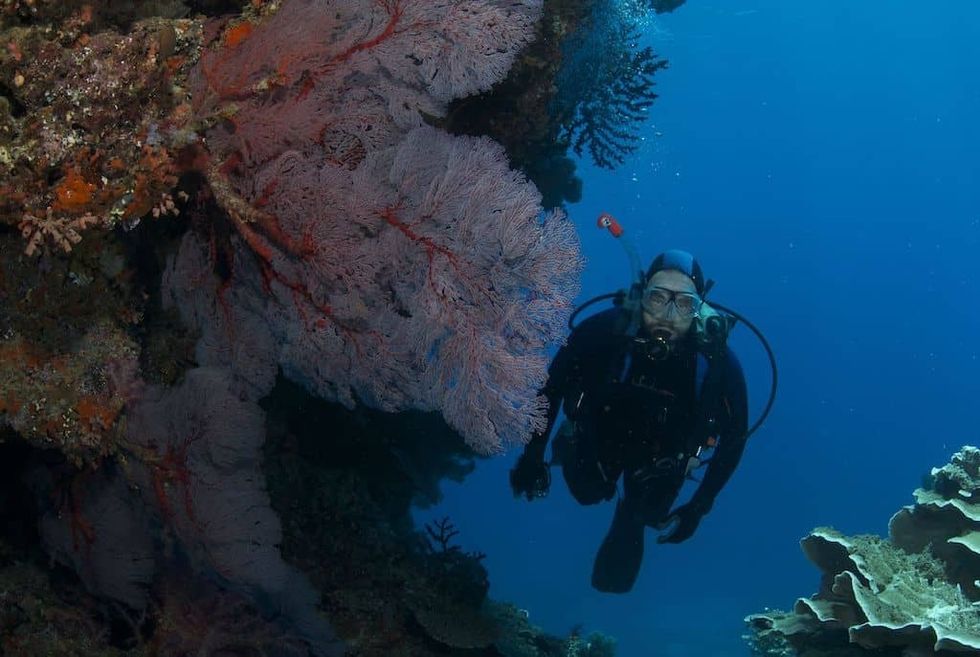
This, he feels, gives the team the credibility to work with corporates and industry groups:
“It also gives us the confidence to do that, to know that our science is peer-reviewed, and is out there for public consumption and stakeholder use and that we have the technical expertise across a wide arena of topics that are safeguarding species and habitats.”
The goal of BlueSwell
Diving into some particulars of the BlueSwell programme, he adds:
“Its broad scale goal is to reduce barriers and encourage company growth. We want the start-ups to succeed and we want job creation to happen. Also, we want ocean sustainability to occur in the process. We want engagement to increase, both between different stakeholder groups, and these start-ups.”
In this way, he feels, innovation will continue, and they will become a launch pad for future innovation.
“The funding for the program itself is, at this point, extramural,” he says:
“I'll take this opportunity to thank our funders, both private and public, in the US for their support. It's a $1,000,000-a-year program at this point. We provide 50,000 non-dilutive grants to each start-up. We average between six and eight start-ups per cohort. The cohort curriculum is five months long and involves in-depth mentoring from both a business and environmental perspective. It involves a lot of networking, a lot of connecting and a tailored curriculum.”
BlueSwell explores five areas
Emerging from COVID, he adds, means more in-person and hybrid functioning has allowed start-ups to work together, building momentum by sharing methods for success:
“The program is five months long. We have five broad sectors. This is a very broad domain, and blue tech in general can be so many different things. In our case, we're focusing on five sub-verticals or motifs. These are sustainable food, marine debris and pollution, the renewable sector, low carbon transport, and the coastal zone.”
In terms of technologies, he lists five examples:
“Hardware and technology, clean tech solutions, chemicals, materials and bio-based solutions, but we're certainly not limiting our breadth to this. The bottom line is that it's incredibly wide and broad at this point. We've been taking only US-based companies, but we're starting to think about a broader jurisdiction where we would take companies from abroad.
"It's simply been a bit of a challenge with the particulars around funding and visa access and things of that nature, but we are actually about to launch our application portal for cohort three. This will be coming at the very start of May.”
Media attention
In its first year alone, BlueSwell, from its formal launch in June 2020 until May 2021, created a significant media buzz in the US:
“We had about 178 media mentions, including being on the front cover of the business section of the Boston Globe,” Mandelman says. “We were also a runner-up in the Fast Company's World-Changing Ideas Awards. We’ve had a lot of positive early success with the program, just from a PR perspective."
The real positive, however, he says, comes from the fact it has been possible to connect the companies involved to different sectors that would have, without the program, have been beyond their reach:
“We are giving them a massive amount of resource help. And then we're giving them the technical and conservation help that they need to better understand what their corporate, social, corporate, environmental responsibility strategies are going to look like."
An exciting time
"This is a very early-stage incubator, so we're talking about companies that are just breaking through,” he points out:
“It’s a little bit of a risk-taking proposition, in that we don't know how these companies are going to do. But I think that's the case with any company. At this point, we feel very confident in the rigour of our process. We’re getting close to 100 applications per cohort. We’re really proud of the progress we've made so far.”
In short, he adds:
“I think this is an exciting time for aquariums and zoos to think about working closely with corporates. Many of them do this already. In this case, we want to drive toward innovation. This, we feel, is a major key to the future of sustainability in the ocean. By working with these industry groups, we are making sure we are serving as that conservation voice in the process.
“I think this is an exciting time for aquariums and zoos to think about working closely with corporates ... By working with these industry groups, we are making sure we are serving as that conservation voice in the process."
"This, we feel, is the way we can have the most impact per unit effort in our space. We’re really proud of the work so far.”
Expanding blue economy incubator programmes
Expansion is also being considered:
“We've already had some conversations with other aquariums in the US and SeaAhead, who are our partners in Boston. There are other hubs around, at least in the US, that are doing similar work.”
For those who want to explore doing something similar, he has this advice:
“My biggest recommendation, if you are a zoo or aquarium with the drive and interest to start something like this, is to reach out. We certainly couldn't have done this without our partners at SeaAhead."
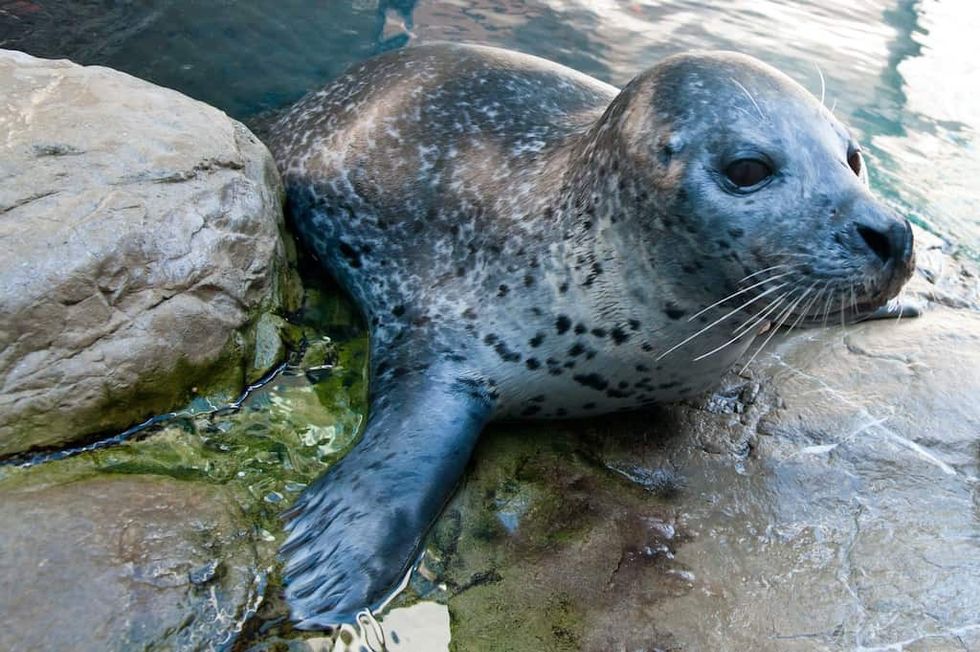
"If there are existing accelerators or hubs like SeaAhead in your area, reach out and engage them. Say, ‘Listen, we're a zoo and aquarium and we want to get involved in this space. What can we leverage?’
"There is low-hanging fruit. There are certain ways that you can engage even without a huge use of resources, through your capacity to reach the public and different audiences through your virtual communication - even through social media feeds and awareness campaigns.
"BlueSwell has a website that you can check out that has a lot of information around how we base our program and how we got started.”
Top image: Moon jellies at the New England Aquarium (Photo: K. Clineff)


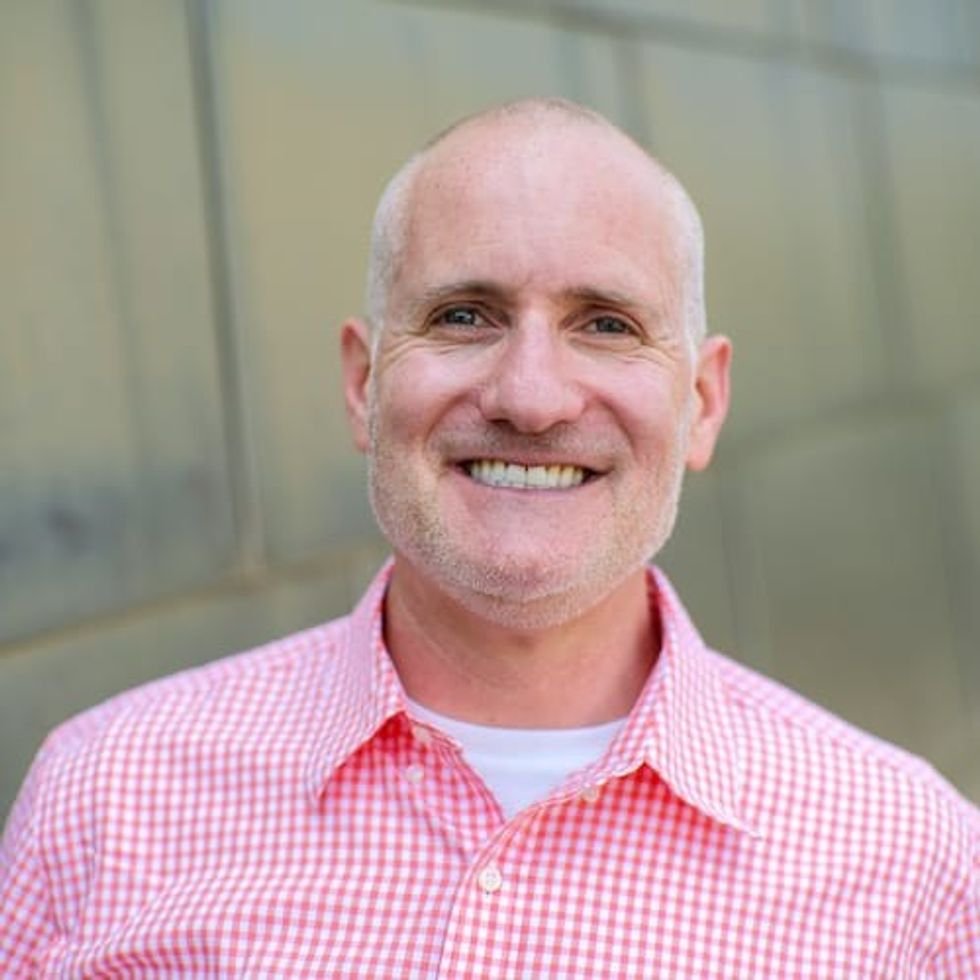
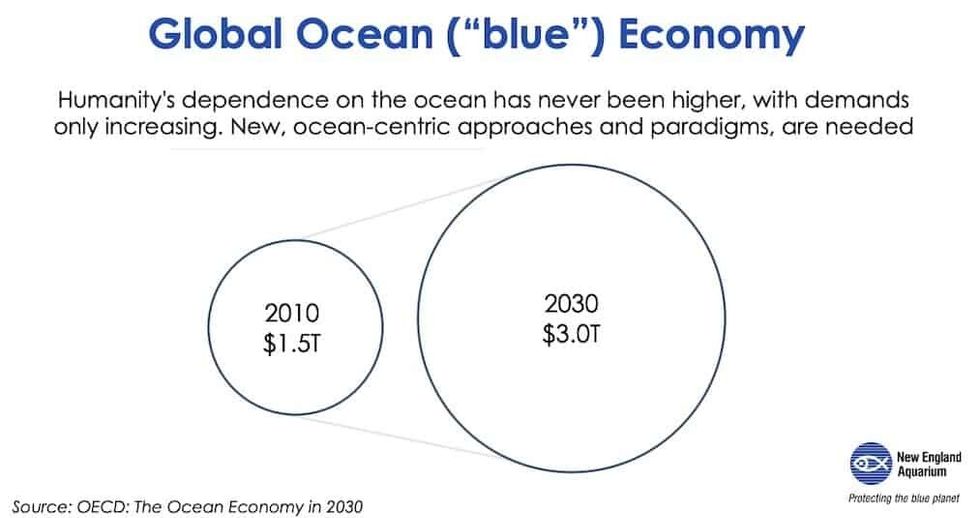
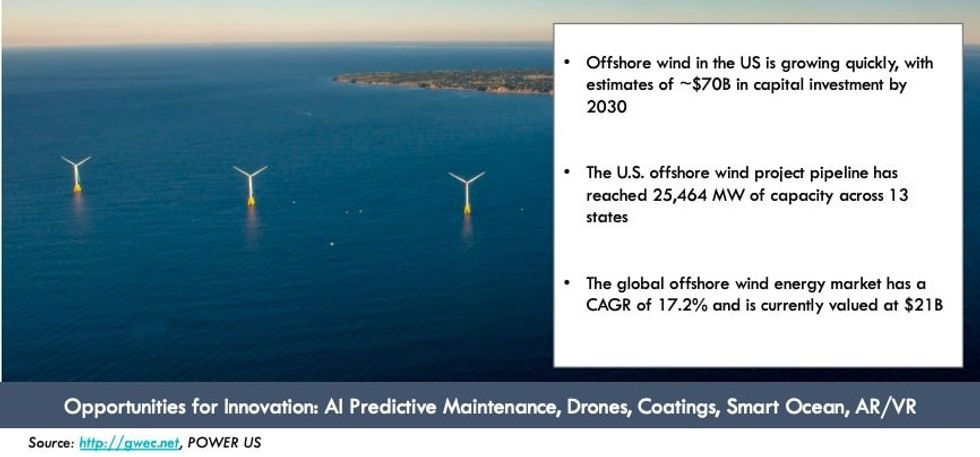
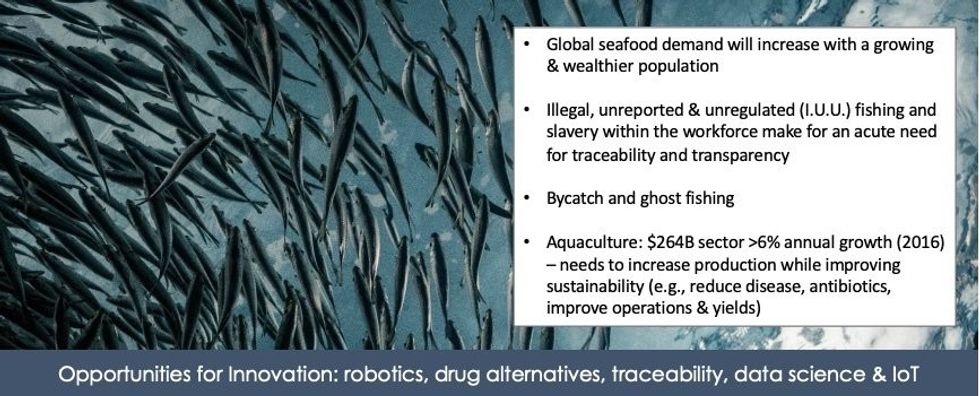


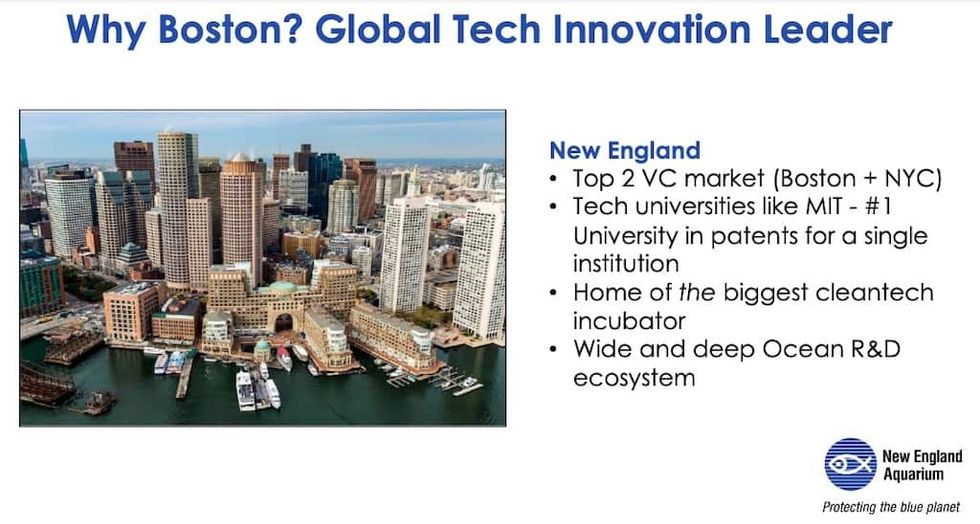
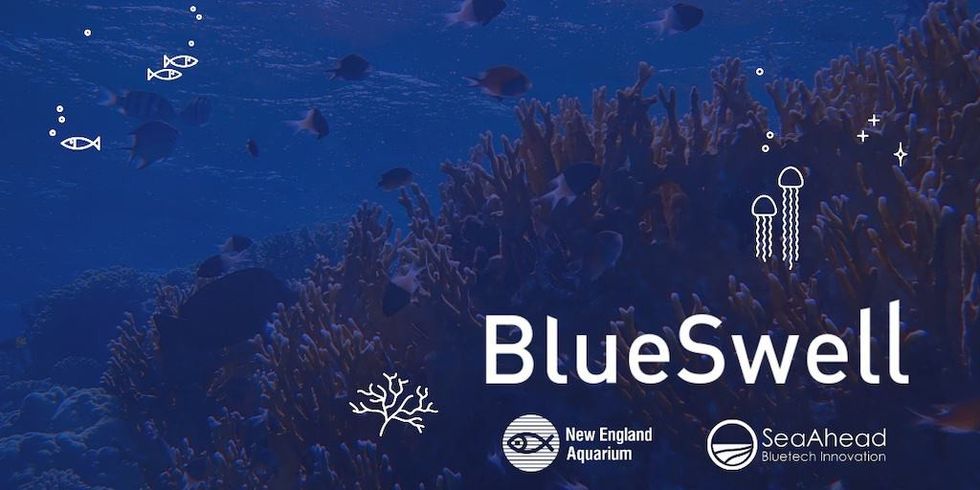
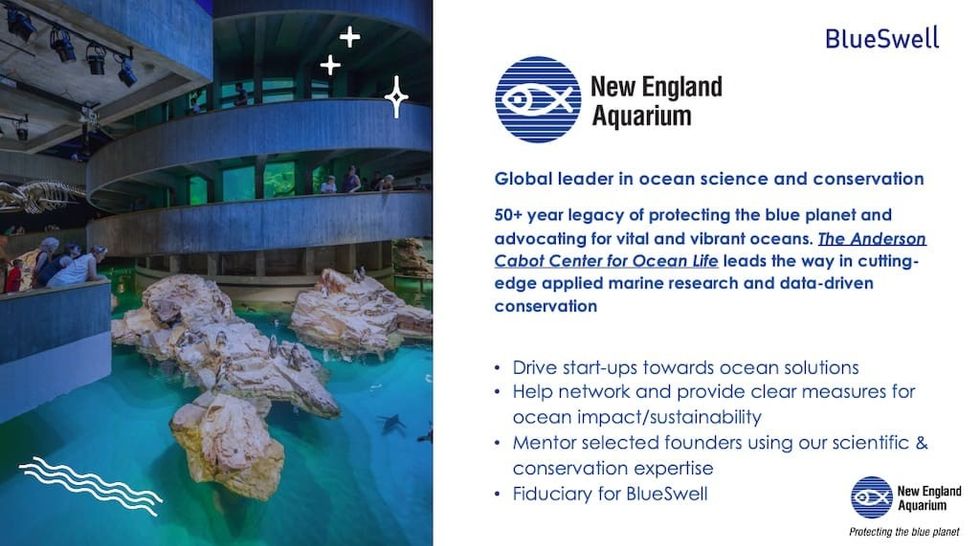
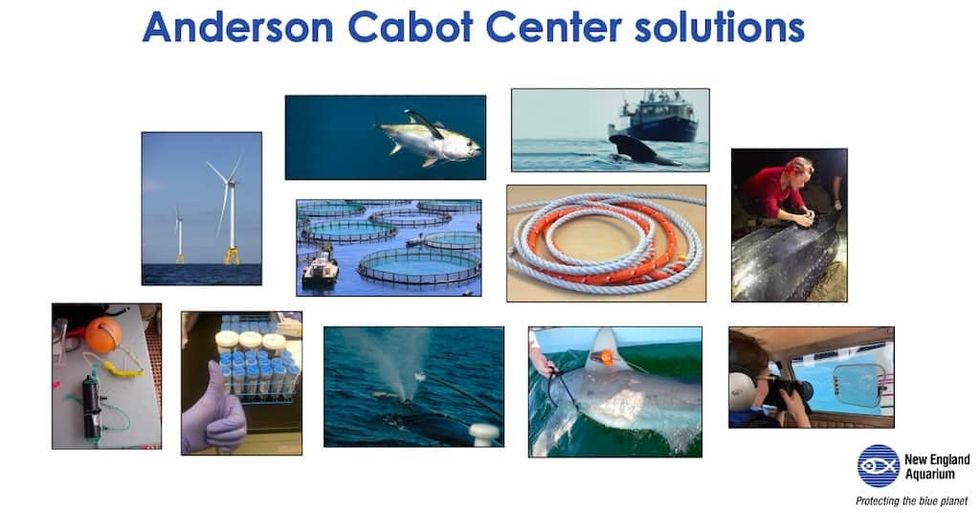
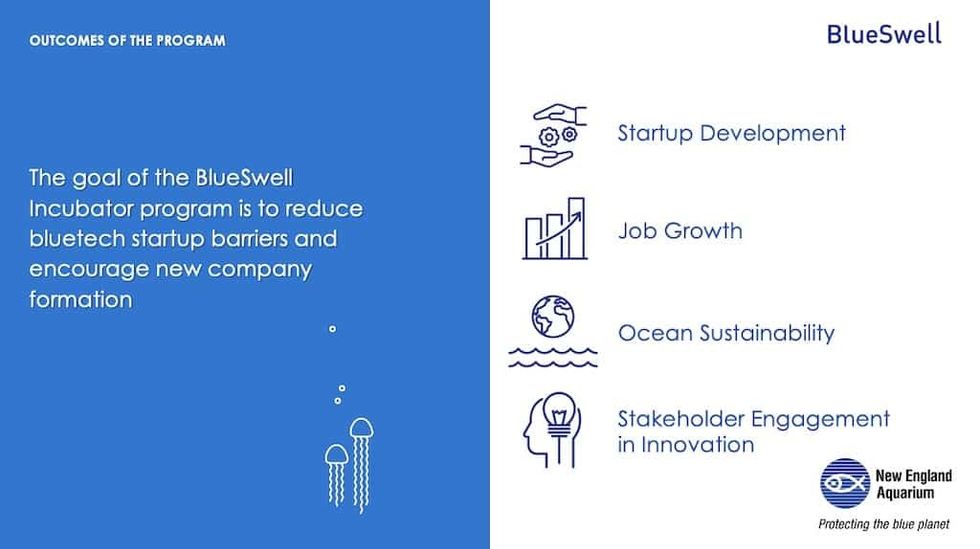
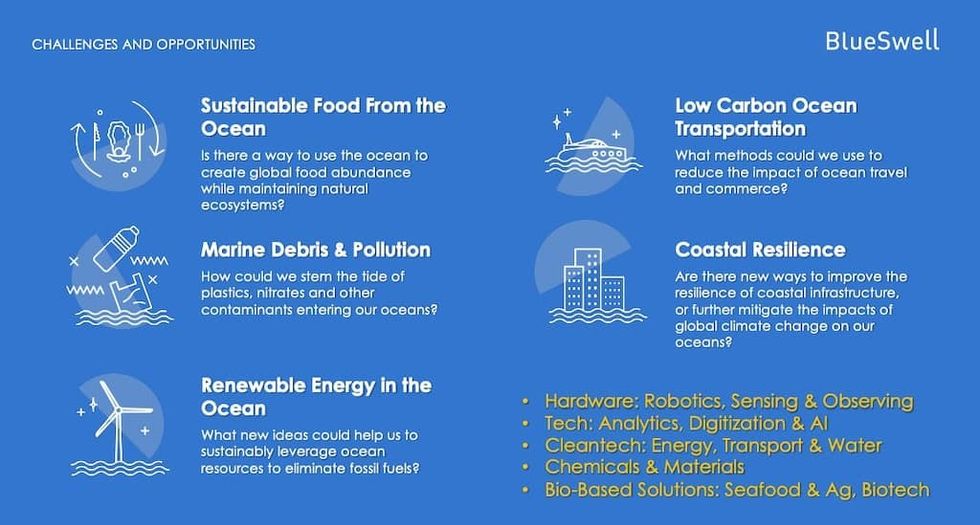

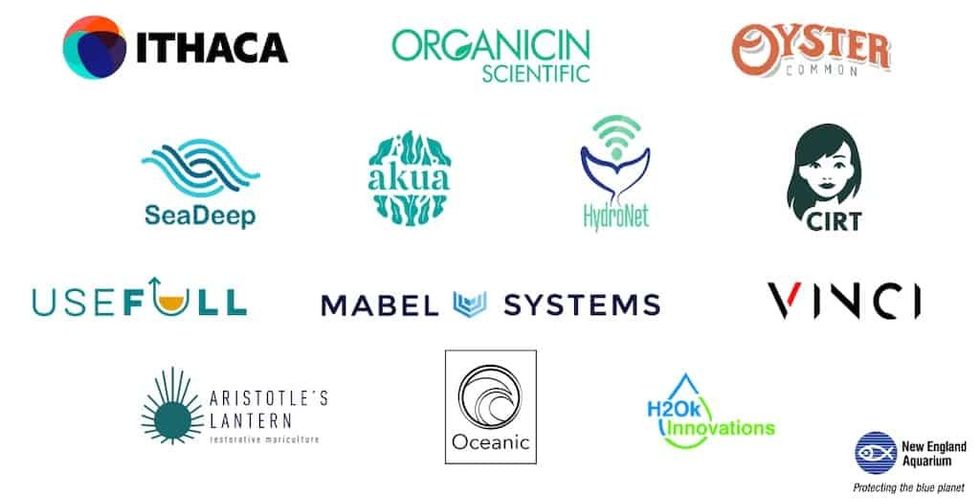
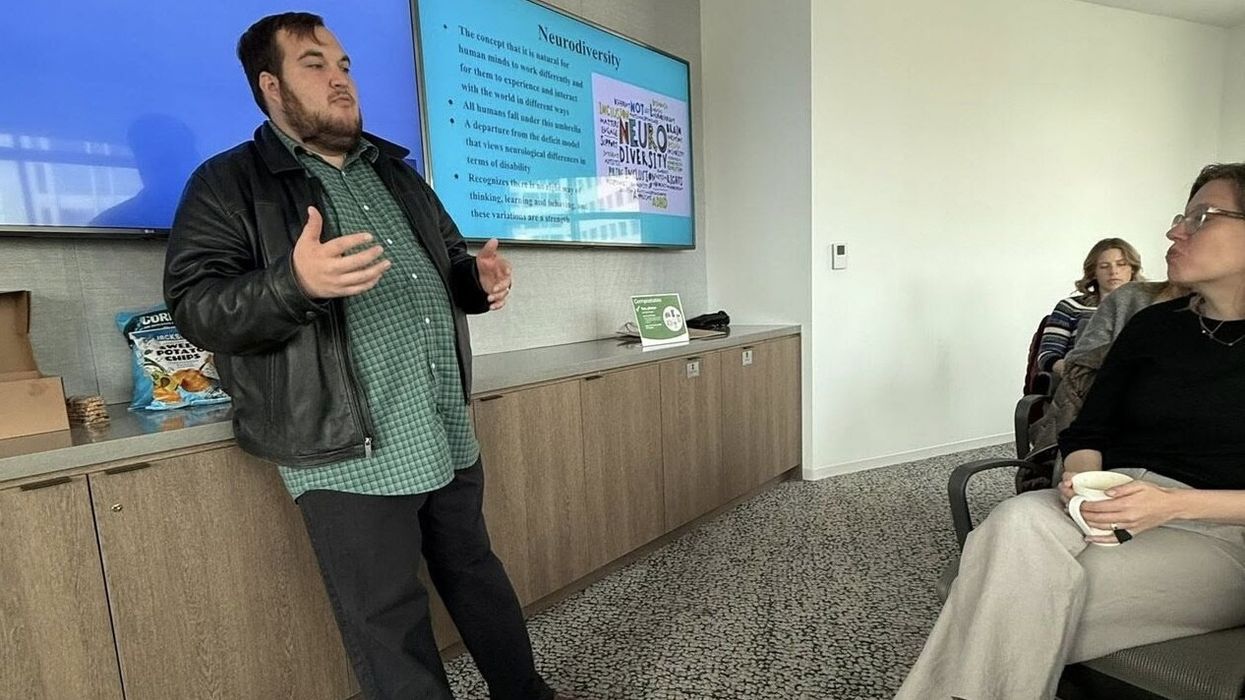
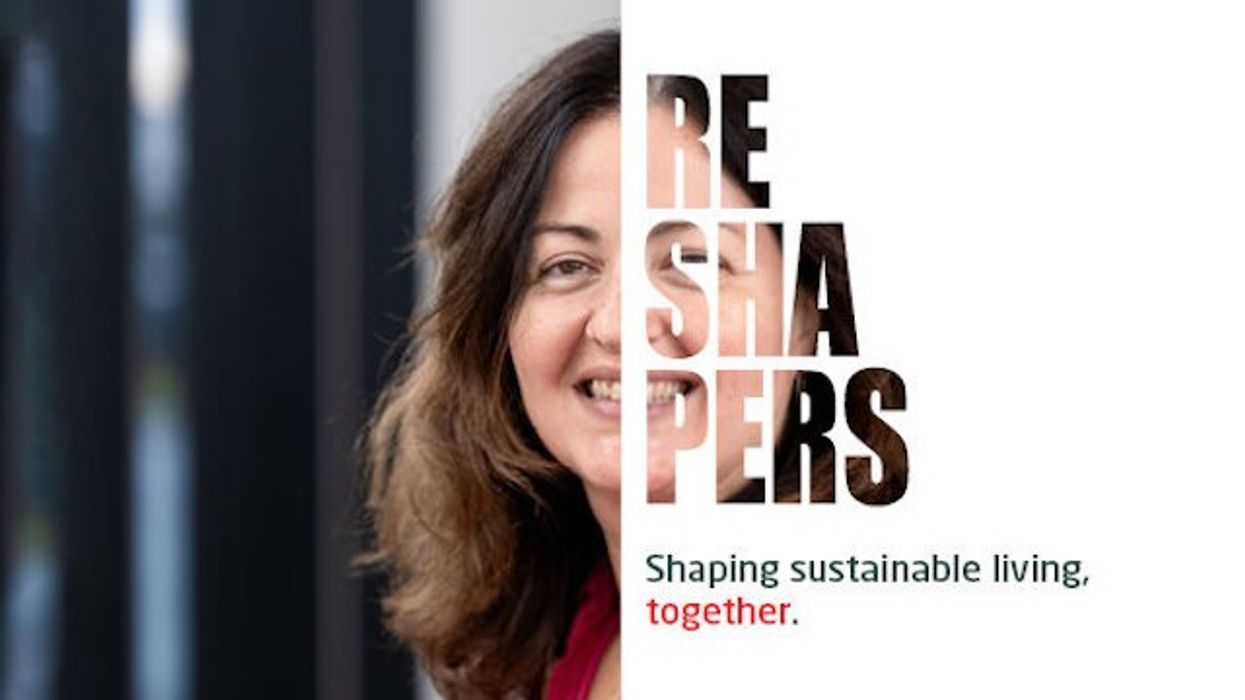
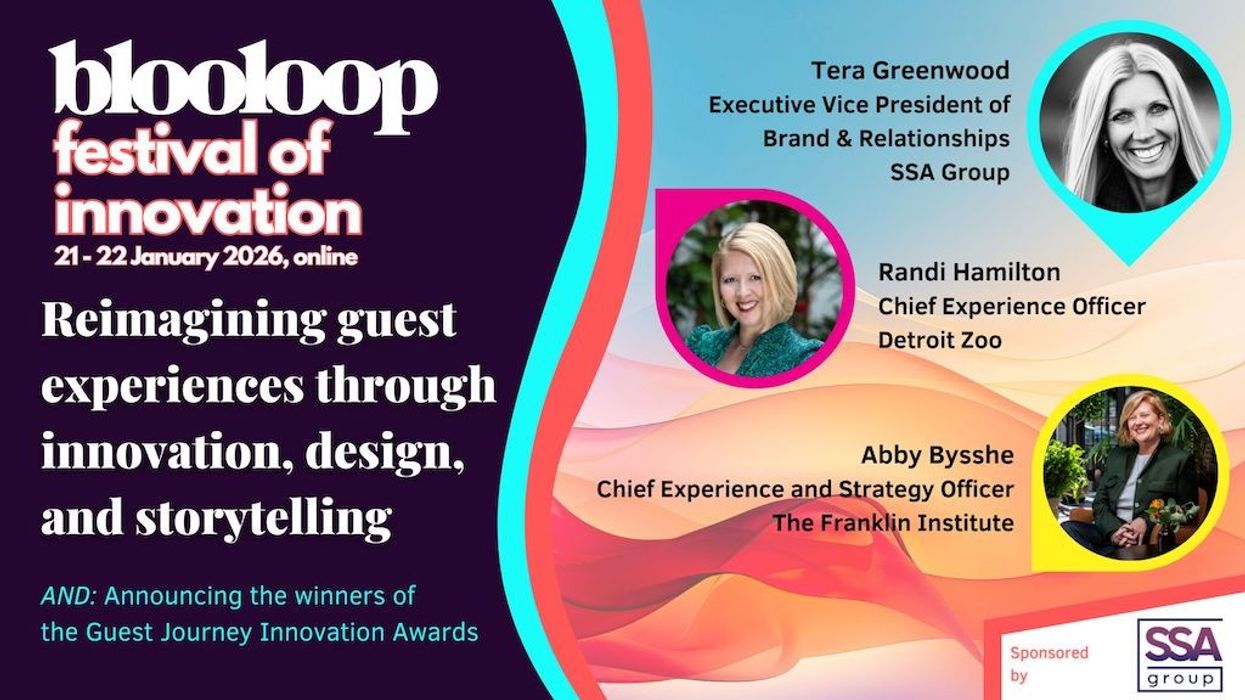
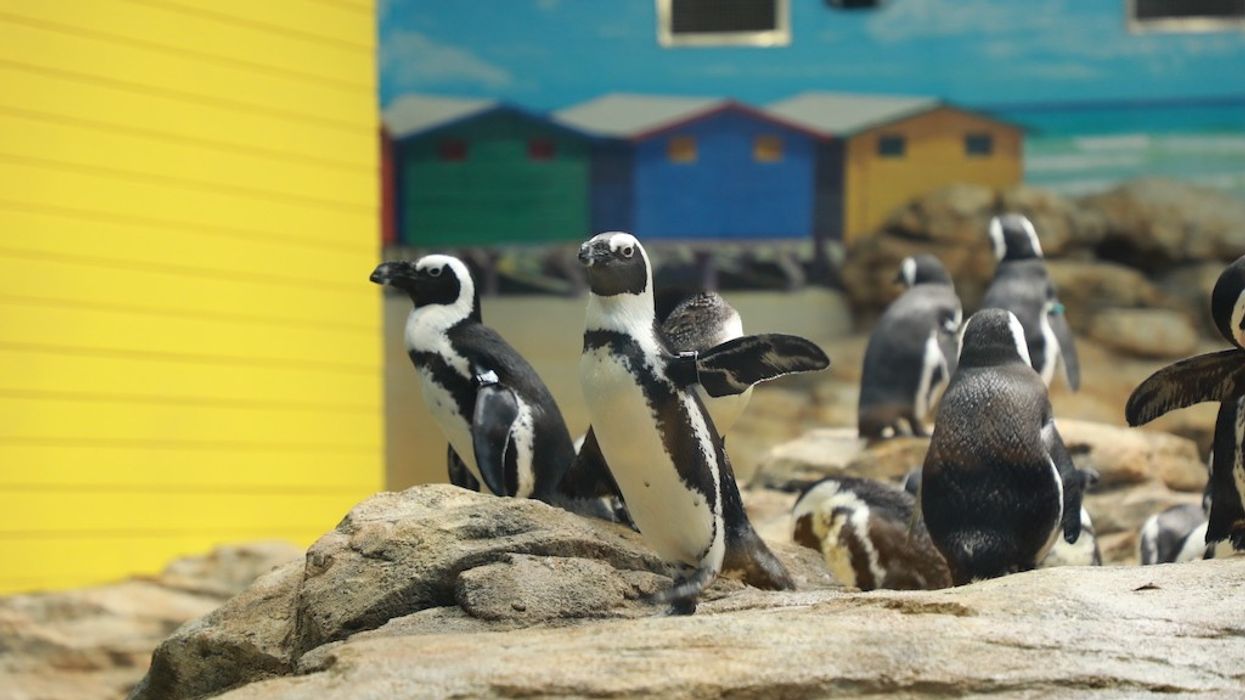

 TM Lim and Adam Wales
TM Lim and Adam Wales







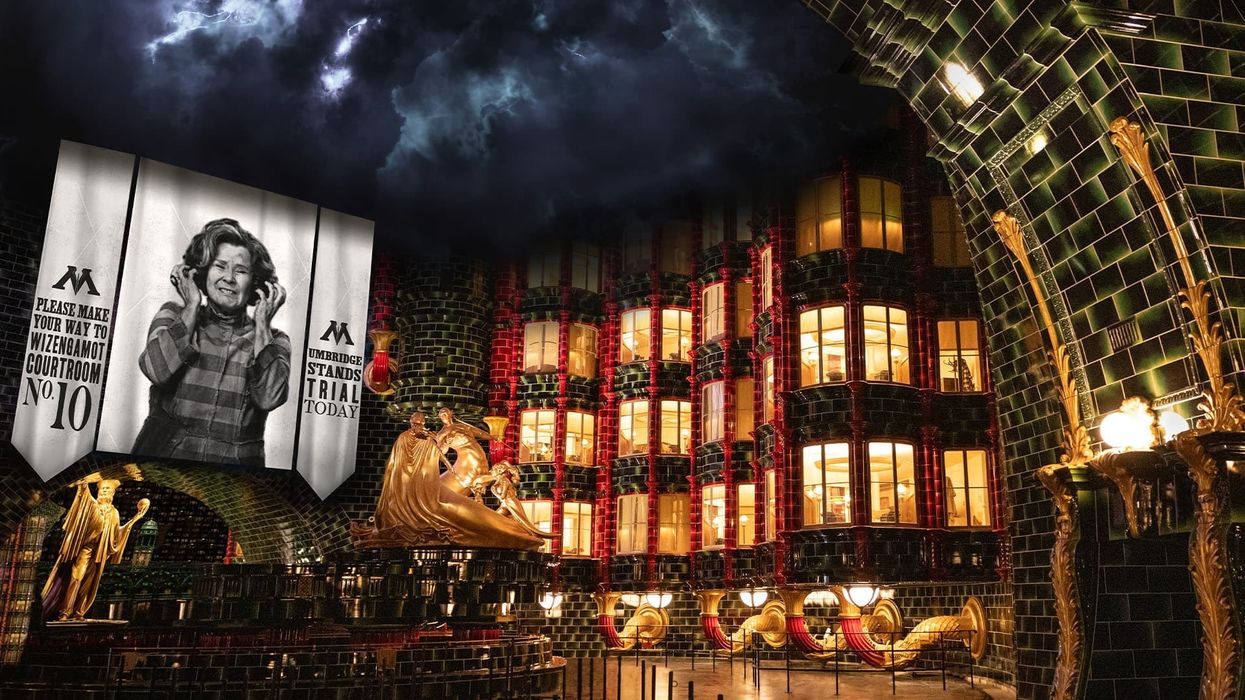

 Toby Harris
Toby Harris Hijingo
Hijingo Flight Club, Washington D.C.
Flight Club, Washington D.C.
 Flight Club Philadelphia
Flight Club Philadelphia Flight Club Philadelphia
Flight Club Philadelphia Bounce
Bounce Hijingo
Hijingo Bounce
Bounce
 Fernando Eiroa
Fernando Eiroa











 Nickelodeon Land at Parque de Atracciones de Madrid
Nickelodeon Land at Parque de Atracciones de Madrid Raging Waters
Raging Waters  Mirabilandia's iSpeed coaster
Mirabilandia's iSpeed coaster Parque de Atracciones de Madrid
Parque de Atracciones de Madrid Ferracci at the ribbon-cutting ceremony for Nickelodeon Land at Mirabilandia, with (left) Marie Marks, senior VP of global experiences for Paramount and (cutting the ribbon) Sabrina Mangina, GM at Mirabilandia
Ferracci at the ribbon-cutting ceremony for Nickelodeon Land at Mirabilandia, with (left) Marie Marks, senior VP of global experiences for Paramount and (cutting the ribbon) Sabrina Mangina, GM at Mirabilandia Tropical Islands OHANA hotel
Tropical Islands OHANA hotel Elephants at Blackpool Zoo
Elephants at Blackpool Zoo  Tusenfryd
Tusenfryd
 Andrew Thomas, Jason Aldous and Rik Athorne
Andrew Thomas, Jason Aldous and Rik Athorne







